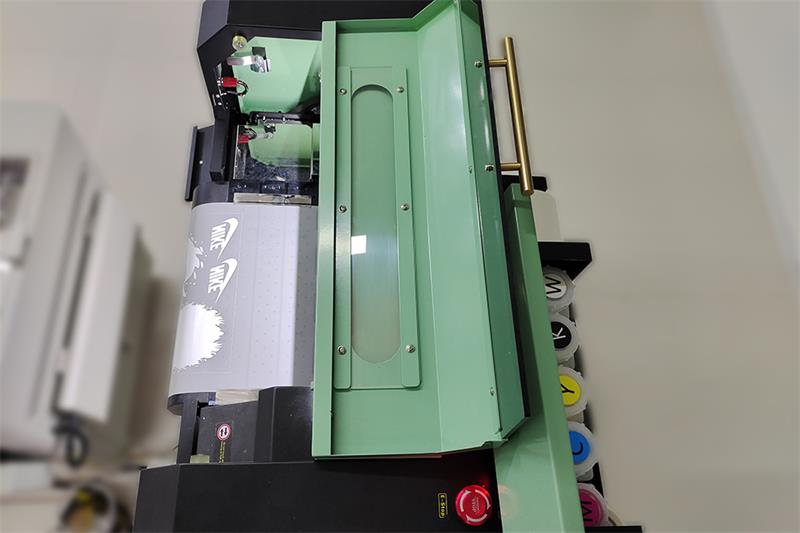In UV printing, ink adhesion and durability are critical factors that determine the quality and longevity of the printed output. Several factors can influence ink adhesion and durability in UV printing. Here are some key considerations:

1. Substrate Surface Preparation: Proper substrate surface preparation is essential for promoting ink adhesion and durability. The substrate should be clean, free from dust, oils, and other contaminants that may hinder ink adhesion. Surface treatments like corona treatment or primers can be used to enhance ink adhesion on challenging substrates.
2. Ink Formulation: The composition and formulation of UV inks play a significant role in ink adhesion and durability. UV inks should be selected based on their compatibility with the specific substrate being used. The ink formulation should be designed to optimize adhesion and provide resistance to factors like abrasion, chemicals, and UV light.
3. UV Lamp Intensity and Exposure Time: UV lamps used for curing the ink emit ultraviolet light that initiates the polymerization process. The intensity and exposure time of the UV light can impact ink adhesion and durability. Proper calibration of the UV lamp intensity and exposure time ensures sufficient curing of the ink, resulting in optimal adhesion and durability.
4. Substrate Compatibility: Different substrates have different surface properties, which can affect ink adhesion and durability. Some substrates may require surface treatments or primers to improve ink adhesion. It is crucial to choose UV inks that are specifically formulated for the substrate being used to ensure compatibility and maximize adhesion and durability.
5. Ink Thickness: The thickness of the ink layer can impact adhesion and durability. A thicker ink layer may have a longer curing time and may be more prone to cracking or peeling. It is important to ensure that the ink layer is applied evenly and within the recommended thickness range to promote adhesion and durability.
6. Post-Curing and Conditioning: After the UV ink is cured, allowing sufficient post-curing and conditioning time can contribute to improved ink adhesion and durability. This process allows the ink to fully polymerize and bond with the substrate, enhancing its resistance to external factors.
7. Environmental Factors: Environmental conditions such as temperature and humidity can affect ink adhesion and durability. It is important to maintain optimal environmental conditions during the printing and curing process to ensure proper ink adhesion and durability.
Proper consideration of these factors can help optimize ink adhesion and durability in UV printing. By selecting the appropriate ink formulation, preparing the substrate surface, calibrating UV lamp intensity, and ensuring compatibility between the ink and substrate, UV prints can exhibit excellent adhesion and long-lasting durability.
kenteer has launched UV Printers for customers . If you have any needs, you can contact us for a quote.
